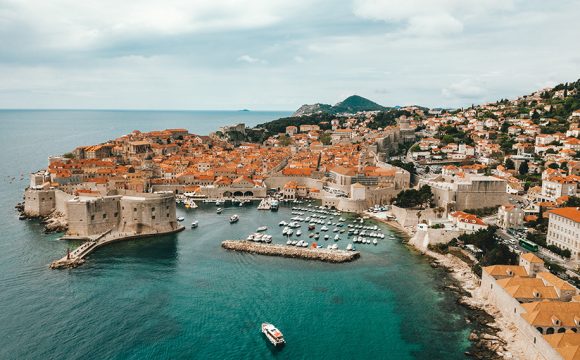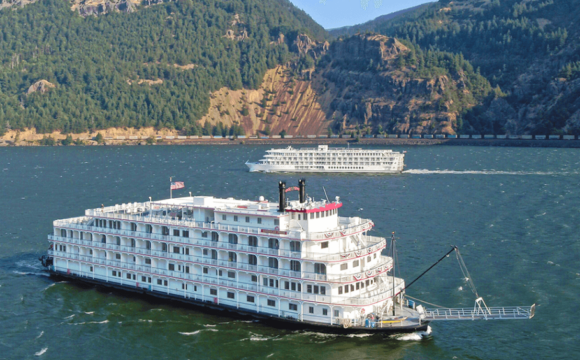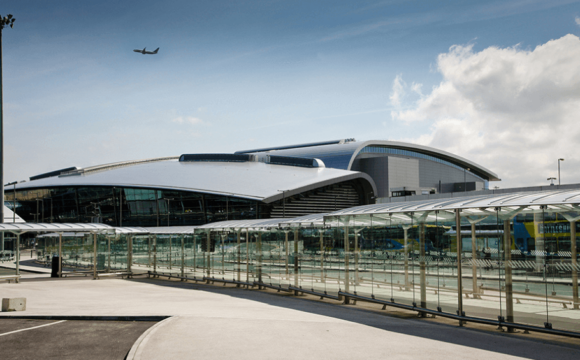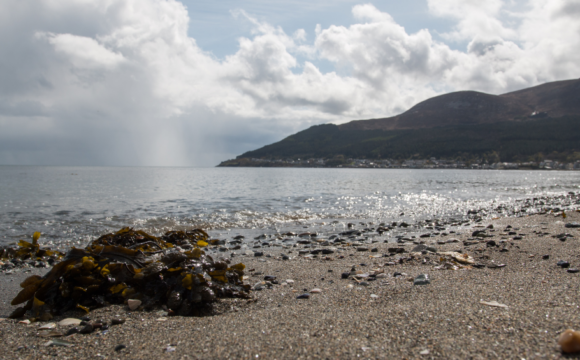A London-based building restoration and cleaning company, Spectrum, have demonstrated what would happen to some of the world’s most-famous landmarks, if they weren’t properly maintained.
The firm has taken into consideration the effects of everything from the weather, to pollution, erosion and even biological growth, and using their experience in this area, has reimagined how a number of iconic structures would look if they were left derelict. During their research the company also uncovered just how much maintenance is needed to keep some of these well-known and celebrated sites looking their best.
One of the capital’s best-loved landmarks, Tower Bridge, would become enveloped by plantlife including moss and algae and would eventually become structurally unsafe. This is said to be because the alkaline Limestone used in its construction would be cracked and eroded by acid rain, allowing windblown seeds to embed themselves and germinate. The roots of these plants would then also weaken the bridge. In addition, the Limestone would be prone to further erosion from alkaline-loving lichen growth, which again could cause it to collapse. The lichen currently gets removed by DOFF steam cleaning every three to four years.
Parisian wonder the Eiffel Tower would be reduced to ruins without the meticulous maintenance it currently gets. The iron structure would simply rust and corrode due to wet weather and the moisture in the air, eventually leading to its collapse. To prevent this from happening, the Tower is repainted every seven years by hand with tiny round brushes, as these also clean the structure at the same time.
All the information and images of the landmarks the firm has recreated can be found here.
Speaking about the research Michael Blowman, a building maintenance expert at Spectrum, offered these comments, stressing the importance of maintaining and protecting our historic buildings:
“Alongside creating a unique look at what might happen to our landmarks, our analysis was also done to help create a shift in the public’s perspective and highlight how maintenance and cleaning is a lot more than just ensuring these amazing buildings look pretty – it’s something that we believe is essential in preserving their façade and structure.
“As the saying goes we shouldn’t judge a book by its cover and perhaps the cover of these buildings tells us that there is a lot more to maintenance than what may appear at first glance.”
Michael went on to discuss some of the most-common issues they encounter during their building restoration and cleaning work:
“Breathability is quite often one of the most important parts to a building’s health. One of the key reasons stone and brick buildings need to breathe is because they are porous, and when they are exposed to moisture from rain and the surrounding elements, they need to be able to let the moisture out.
“When moisture cannot escape, it gets trapped inside the brickwork or stonework and eventually is forced out through the water cycle causing either ‘spalling’ or the face of the brick and stone to come away, which over time can cause severe damage to the building.
“Carbon staining also does a lot more than just make a building look dirty, the carbon trapped inside the brickwork actually causes a barrier that traps moisture inside. This over time will also cause the same problems to occur.”
It’s fair to say that our landmarks are hugely important to society; not only do they give us captivating glimpses into our cultural history, they make significant contributions to the economies of their respective home nations, particularly in terms of tourism and employment. However, a key takeaway from Spectrum’s findings is that their maintenance – and indeed the maintenance of all buildings, domestic or commercial – is pivotal to ensure they survive and can keep being enjoyed by future generations.
To see the full list of landmarks, click here
















